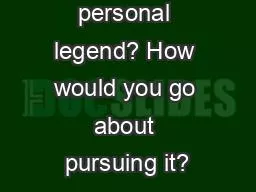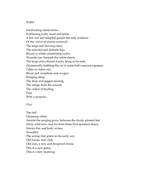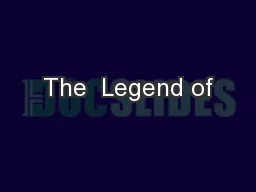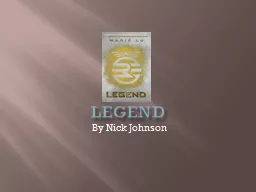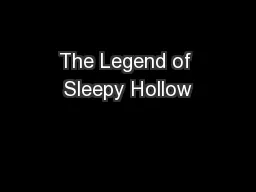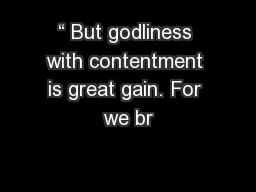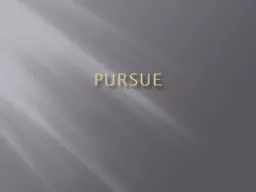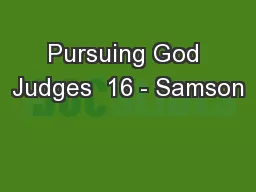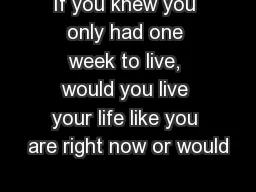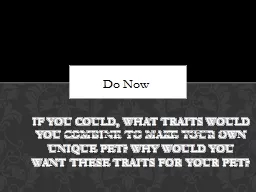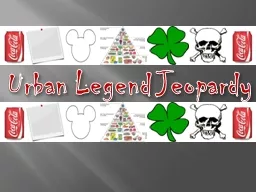PPT-What is your personal legend? How would you go about pursuing it?
Author : bikersjoker | Published Date : 2020-08-28
The Alchemist Paulo Coelho Alchemy al kuh mee noun plural mies for 2 1 a form of chemistry and speculative philosophy practiced in the Middle Ages and the Renaissance
Presentation Embed Code
Download Presentation
Download Presentation The PPT/PDF document "What is your personal legend? How would ..." is the property of its rightful owner. Permission is granted to download and print the materials on this website for personal, non-commercial use only, and to display it on your personal computer provided you do not modify the materials and that you retain all copyright notices contained in the materials. By downloading content from our website, you accept the terms of this agreement.
What is your personal legend? How would you go about pursuing it?: Transcript
Download Rules Of Document
"What is your personal legend? How would you go about pursuing it?"The content belongs to its owner. You may download and print it for personal use, without modification, and keep all copyright notices. By downloading, you agree to these terms.
Related Documents

